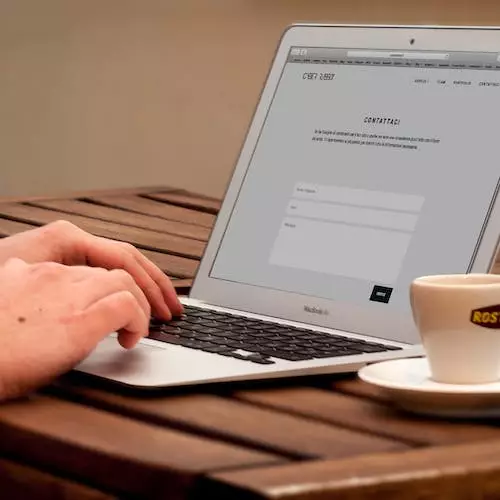Creating buyer personas is a crucial step in understanding your audience and tailoring your marketing strategies accordingly. A buyer persona is a semi-fictional representation of your ideal customer based on market research, customer data, and insights. It helps businesses develop personalized marketing campaigns, improve customer engagement, and drive sales.
In this guide, we will walk you through the process of creating buyer personas for your business, ensuring you target the right audience with the right message.
What is a Buyer Persona?
A buyer persona is a detailed profile of your ideal customer, including their demographics, interests, pain points, and purchasing behavior.
Why Are Buyer Personas Important?
✅ Help businesses understand their customers deeply
✅ Improve marketing messaging and product offerings
✅ Enhance customer engagement and satisfaction
✅ Increase sales and conversion rates
Step-by-Step Guide to Creating Buyer Personas
Step 1: Research Your Audience
Before creating buyer personas, gather accurate data about your existing and potential customers. Use:
- Google Analytics – To analyze website traffic and user behavior
- Customer Surveys & Interviews – To gather direct feedback
- Social Media Insights – To understand audience interests
- Competitor Analysis – To identify market trends and gaps
Pro Tip: Use tools like Facebook Audience Insights or SEMrush to find more details about your audience.
Step 2: Define Demographics
Identify key demographic characteristics of your audience:
- Age – What is their age group?
- Gender – Male, female, or non-binary?
- Location – Where do they live?
- Income Level – What is their financial status?
- Occupation – What industries do they work in?
Example:
John Doe, Age 35, Software Engineer, Lives in New York, Annual Income: $80,000
Step 3: Identify Customer Pain Points & Goals
To create an effective buyer persona, understand:
- Pain Points – What problems do they face?
- Goals & Aspirations – What solutions are they looking for?
✅ Example:
Pain Point – "I struggle to find time for fitness due to a busy work schedule."
Goal – "Looking for an easy-to-follow fitness plan."
Step 4: Understand Their Buying Behavior
Analyze how your customers make purchasing decisions:
- Where do they shop? (Online vs. Offline)
- What influences their decisions? (Reviews, Social Media, Word-of-mouth)
- What objections do they have? (Price concerns, Trust issues)
Example Persona Buying Behavior:
"John prefers online shopping and reads product reviews before purchasing. He follows influencers for recommendations and is price-sensitive."
Step 5: Create Your Buyer Persona Template
Now that you have gathered all information, put it together into a structured buyer persona template:
Buyer Persona Example:
Name: John Doe
Age: 35
Location: New York, USA
Occupation: Software Engineer
Income: $80,000/year
Goals: Stay fit, improve work-life balance
Pain Points: Lack of time for exercise, high gym membership costs
Buying Behavior: Prefers online shopping, influenced by online reviews
Pro Tip: Create multiple buyer personas for different customer segments.
How to Use Buyer Personas in Your Business
Once you have developed buyer personas, use them to refine your:
✅ Marketing Strategy – Personalize campaigns for different audiences
✅ Content Creation – Write blogs, emails, and ads that resonate with each persona
✅ Product Development – Offer solutions that solve your audience’s problems
✅ Sales Approach – Improve communication based on customer preferences
Conclusion
Creating buyer personas helps businesses better understand their target audience and optimize their marketing strategies. By conducting research, defining demographics, identifying pain points, and analyzing buying behavior, you can develop detailed customer personas that improve engagement and conversions.
Start building your buyer personas today and watch your business grow!
FAQs
1. How many buyer personas should a business have?
Most businesses should create 3-5 buyer personas covering their main customer segments.
2. What is the difference between a target audience and a buyer persona?
A target audience is a broad group, whereas a buyer persona is a detailed, research-based customer profile.
3. Can I update my buyer personas over time?
Yes! Regularly update buyer personas based on new data and trends.
4. Are buyer personas only for B2C businesses?
No! B2B businesses also benefit from buyer personas to understand decision-makers and influencers.
 Alex P.
Alex P.


